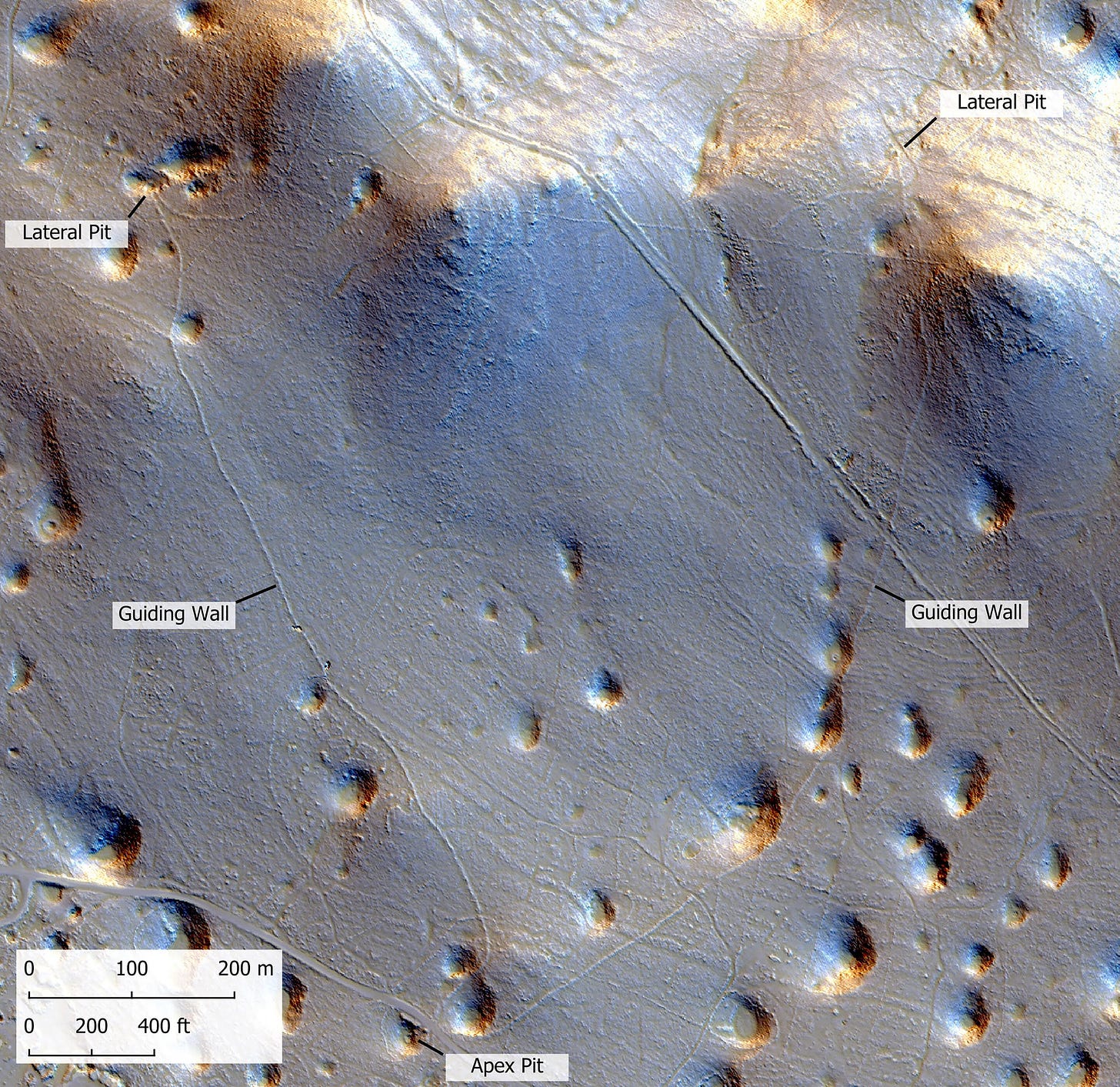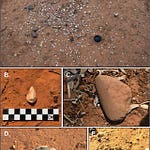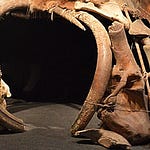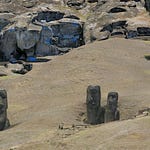The Discovery That Shouldn’t Exist
In the rolling limestone terrain of the Karst Plateau, straddling Slovenia and Italy, a discovery has upended what many archaeologists thought they knew about prehistoric Europe. From the air, the land seems almost featureless—its dolines, ridges, and dry valleys eroded smooth by time. Yet recent airborne laser scanning revealed something astonishing beneath the vegetation: four vast, funnel-shaped stone alignments stretching for hundreds of meters, some even kilometers.
These low walls converge toward deep pits tucked beneath cliffs. When seen from above, they resemble colossal arrows etched into the earth—architectural ghosts of a forgotten kind of hunting.

Dimitrij Mlekuž Vrhovnik and Tomaž Fabec, of the University of Ljubljana and the Institute for the Protection of Cultural Heritage of Slovenia, describe these features in PNAS1 as “monumental dry-stone installations” built to guide herds of animals into natural traps. Their research suggests that long before the Bronze Age, prehistoric Europeans may have practiced large-scale, coordinated hunting on a level previously thought unique to arid regions of Asia and Africa.
“The Karst structures force us to abandon the idea that Europe’s foragers and early farmers lacked architectural ambition,” says Dr. Laura Mendel, an anthropological archaeologist at the University of Vienna. “They show that engineering and ecology were intertwined long before the first city walls were raised.”
Listen to this episode with a 7-day free trial
Subscribe to Anthropology.net to listen to this post and get 7 days of free access to the full post archives.









